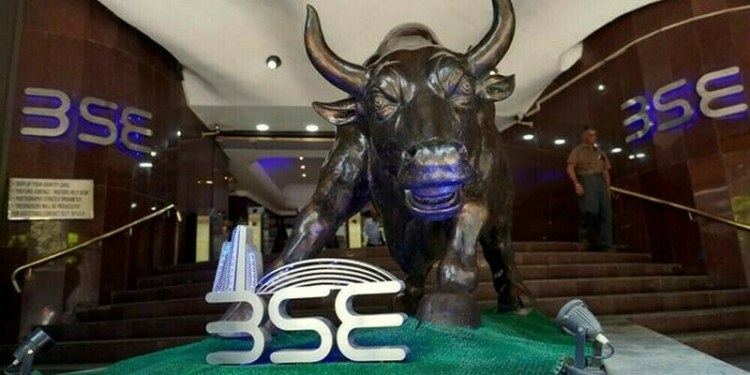 © Reuters. Traders work on the floor of the NYSE in New York
© Reuters. Traders work on the floor of the NYSE in New YorkBy Claire Milhench
LONDON (Reuters) – Over a third of sovereign investors plan to cut their equity exposure over the next three years after a strong run in 2017, citing trade wars, geopolitics and high valuations as headwinds to performance, a study by asset manager Invesco showed.
The annual report, which is based on interviews with 126 sovereign investors and central bank reserve managers with $17 trillion in assets, found equities had overtaken bonds to become the biggest asset class in portfolios, averaging 33 percent. This is up from 29 percent in 2017.
Nearly half of sovereign investors are now incrementally or materially overweight equities, but while 40 percent said they were happy with the status quo, 35 percent plan to reduce their equity exposure over the medium term, Invesco noted.
The interviews were conducted January to March, a volatile quarter for world stocks, and some investors believe they remain vulnerable to a correction.
Among the main concerns cited were the possibility of a trade war, geopolitical risks, and the fact that equity valuations are high both on an absolute and relative basis.
Since March, the United States has escalated its trade dispute with China and other key trading partners, sending global equities into a tailspin.
Investors are concerned that the imposition of tit-for-tat tariffs will hamper exporting nations and crimp global economic growth.
Alex Millar, head of EMEA sovereigns at Invesco, said survey participants had been “pretty far-sighted” in highlighting the risk of a trade war early in the year.
But he noted investors were still keen to get risk into their portfolios to generate returns, saying: “Last year, they were paid to stay in equities.”
Total average returns topped 9.4 percent in 2017, up from 4.1 percent in 2016. But sovereign investors were less optimistic about the outlook for 2018, expecting to make 5.8 percent – undershooting their targeted return of 6.5 percent.
“Equities had a good run last year, but this hasn’t caused investors to change their long-term expectations – they think returns going forward will be tough,” said Millar.
Partly this is a function of low interest rates, which have encouraged sovereign investors to build a strategic allocation to alternatives such as private equity, real estate and infrastructure.
The study noted that the average allocation to alternatives has doubled over the past five years to an all-time high of 20 percent in 2017. Some large sovereigns with a high tolerance for illiquidity said they planned to ramp up alternatives further, towards 50 percent in certain cases.
However, deployment remains a challenge, with investors taking an average of 3.2 years to put committed capital to work in private equity and infrastructure, while real estate averages 2.6 years.
Millar said the rise in equity holdings was partly due to some investors parking money there instead of in cash while seeking suitable alternatives deals.
Investors reported seeing fewer attractive opportunities in private equity as competition has bid up prices, with some 61 percent saying it was overvalued.
Conversely, interest in private credit has grown, with some 63 percent saying they had increased their strategic asset allocation to this segment over the last three years.
Millar said this was a relatively easy strategy to implement due to lower competition, and it gave a higher yield than regular fixed income. “Also, since the financial crisis, a lot of banks have pulled back from lending, which provided an opportunity for private credit funds to fill that gap,” he added.
Source: Investing.com



























